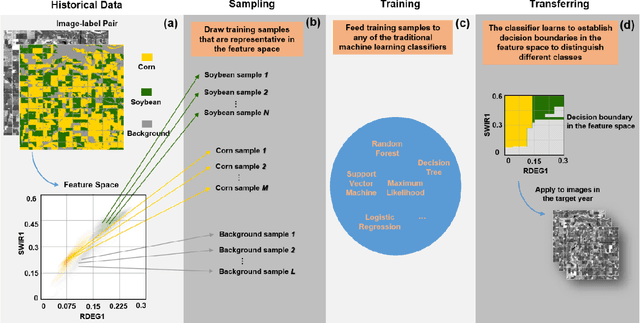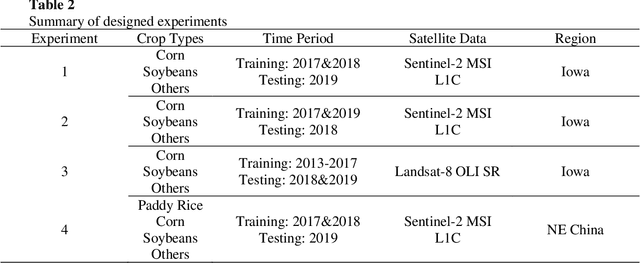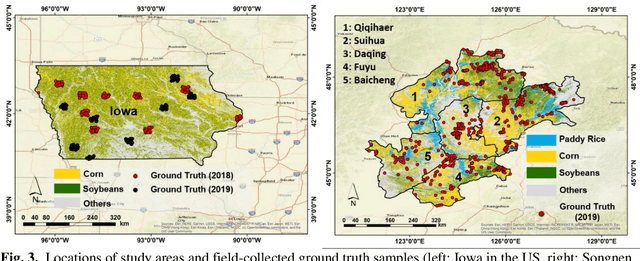Jinwei Dong
EDSep: An Effective Diffusion-Based Method for Speech Source Separation
Jan 27, 2025


Abstract:Generative models have attracted considerable attention for speech separation tasks, and among these, diffusion-based methods are being explored. Despite the notable success of diffusion techniques in generation tasks, their adaptation to speech separation has encountered challenges, notably slow convergence and suboptimal separation outcomes. To address these issues and enhance the efficacy of diffusion-based speech separation, we introduce EDSep, a novel single-channel method grounded in score matching via stochastic differential equation (SDE). This method enhances generative modeling for speech source separation by optimizing training and sampling efficiency. Specifically, a novel denoiser function is proposed to approximate data distributions, which obtains ideal denoiser outputs. Additionally, a stochastic sampler is carefully designed to resolve the reverse SDE during the sampling process, gradually separating speech from mixtures. Extensive experiments on databases such as WSJ0-2mix, LRS2-2mix, and VoxCeleb2-2mix demonstrate our proposed method's superior performance over existing diffusion and discriminative models, validating its efficacy.
Early- and in-season crop type mapping without current-year ground truth: generating labels from historical information via a topology-based approach
Oct 19, 2021



Abstract:Land cover classification in remote sensing is often faced with the challenge of limited ground truth. Incorporating historical information has the potential to significantly lower the expensive cost associated with collecting ground truth and, more importantly, enable early- and in-season mapping that is helpful to many pre-harvest decisions. In this study, we propose a new approach that can effectively transfer knowledge about the topology (i.e. relative position) of different crop types in the spectral feature space (e.g. the histogram of SWIR1 vs RDEG1 bands) to generate labels, thereby support crop classification in a different year. Importantly, our approach does not attempt to transfer classification decision boundaries that are susceptible to inter-annual variations of weather and management, but relies on the more robust and shift-invariant topology information. We tested this approach for mapping corn/soybeans in the US Midwest and paddy rice/corn/soybeans in Northeast China using Landsat-8 and Sentinel-2 data. Results show that our approach automatically generates high-quality labels for crops in the target year immediately after each image becomes available. Based on these generated labels from our approach, the subsequent crop type mapping using a random forest classifier reach the F1 score as high as 0.887 for corn as early as the silking stage and 0.851 for soybean as early as the flowering stage and the overall accuracy of 0.873 in Iowa. In Northeast China, F1 scores of paddy rice, corn and soybeans and the overall accuracy can exceed 0.85 two and half months ahead of harvest. Overall, these results highlight unique advantages of our approach in transferring historical knowledge and maximizing the timeliness of crop maps. Our approach supports a general paradigm shift towards learning transferrable and generalizable knowledge to facilitate land cover classification.
 Add to Chrome
Add to Chrome Add to Firefox
Add to Firefox Add to Edge
Add to Edge